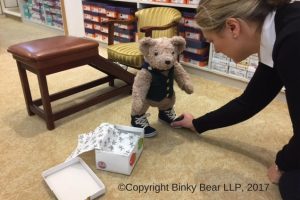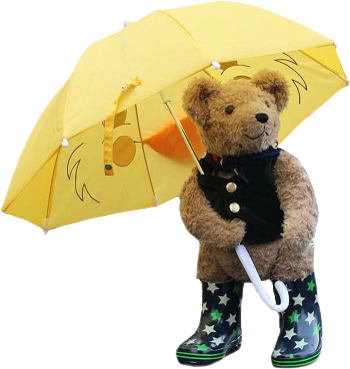This is our first of two posts about healthy food for kids. Guiding children to eat healthy food is a challenge most of us face. Experts agree that the learning process has to be gradual to lead to success. And it can be fun!
“Rename them”, scientists say
“In a new study, 186 four-year-olds were given regular carrots and, on other lunch days, they were given the same vegetables renamed X-ray Vision Carrots. On the latter days, they ate nearly twice as many.”

X-ray Vision Carrots
Healthy Packed lunches – making choices
Whether or not there is guidance from your child’s school you can have fun together making your own list of favourite foods. Use a blackboard and different coloured chalks for various food types. This way kids have their say while gradually becoming aware of the nutrition values of different foods. If they can buy stuff at school, give them a restricted amount and let them ‘save’ the money to put towards something special, which is not food.
Healthy Main meals
For the ‘main’ meal of the day limit the amount of starchy foods and always have one vegetable option that you know they like. Get the children to help you prepare what you’re going to eat. Then they can give it a name. Elsie’s cauliflower cheese. Start the day with fruit for breakfast. Don’t forget that frozen is just as nutritious as fresh. You can puree fruits and serve with yoghurt.
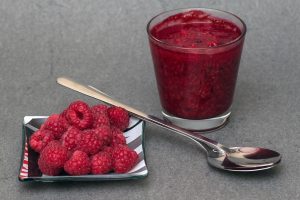
Pureed fruit for breakfast
Developing Healthy Habits
Give them smaller bowls and, if age-appropriate, allow them to help themselves. They’ll appreciate being given a choice and feel grown-up. Encourage them to limit their portion size but ‘come back for seconds’.
If they say they’re full don’t push them into finishing everything. Eating when you’re no longer hungry ultimately leads to habitual over-eating. Children also need to recognise what they’re feeling “Is your tummy full now?”
Healthy Snacks
Snacks don’t have to be large. Stick to regular meal and snack-times, three meals a day and two snacks. If they don’t want a snack, skip it but watch out for crankiness before mealtime, as small children become suddenly hungry. Snacks don’t have to be large - a couple of slices of fruit and a cracker is plenty.
Feeling good
Up to school age children love to copy parents’ habits and choices – so take advantage of this and talk about what you’re eating – especially something new. They’ll want to try it too. Discourage the “yuck” face from older children in front of the little ones and talk positively about vegetables.
 Talk about fruit and vegetables when you’re out in the garden and crops that you see growing in the fields when you’re out for a walk. Go out and pick blackberries together in the summer and then make little blackberry and apple tarts.
Talk about fruit and vegetables when you’re out in the garden and crops that you see growing in the fields when you’re out for a walk. Go out and pick blackberries together in the summer and then make little blackberry and apple tarts.
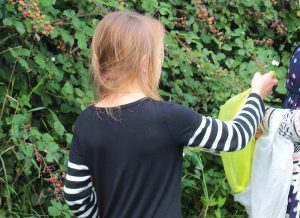
Blackberry Picking





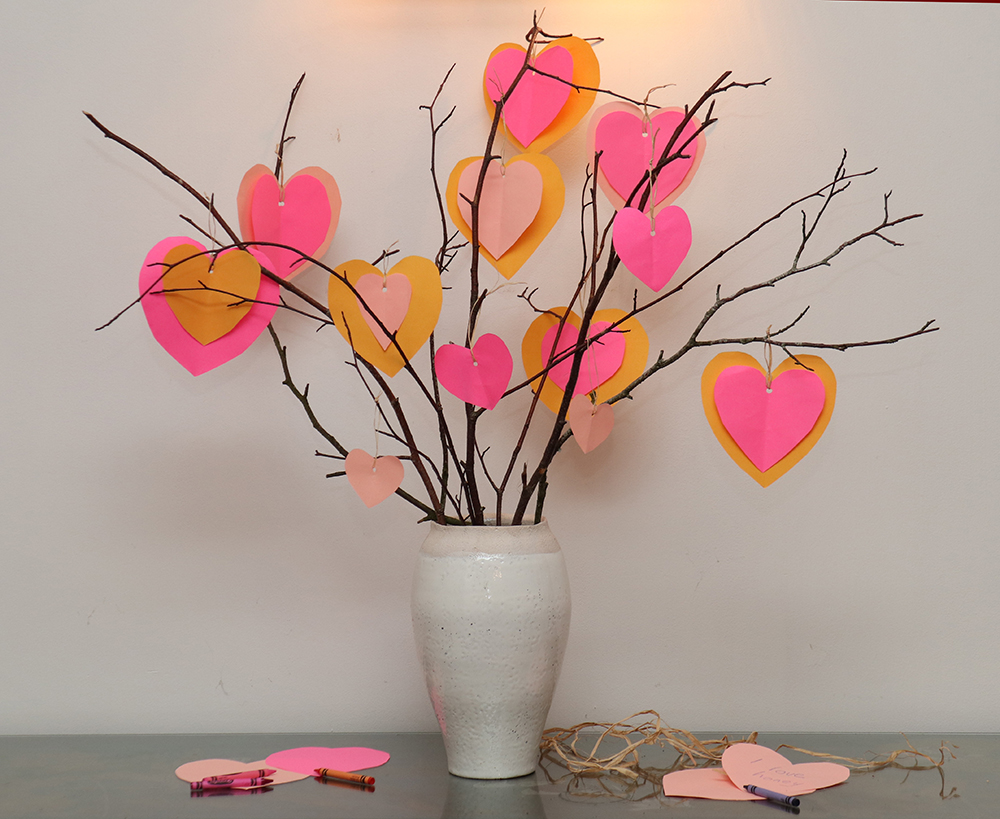
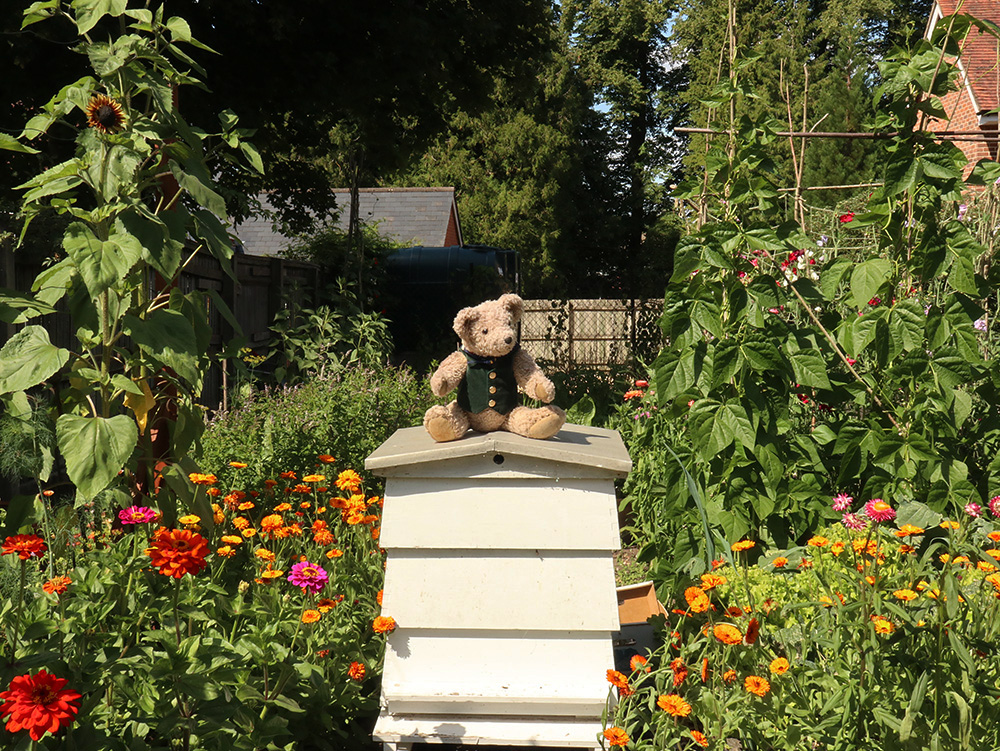
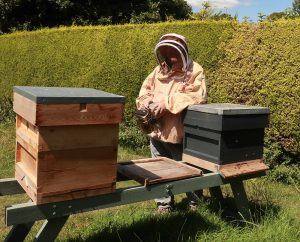
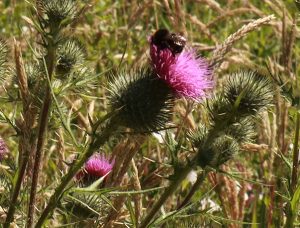

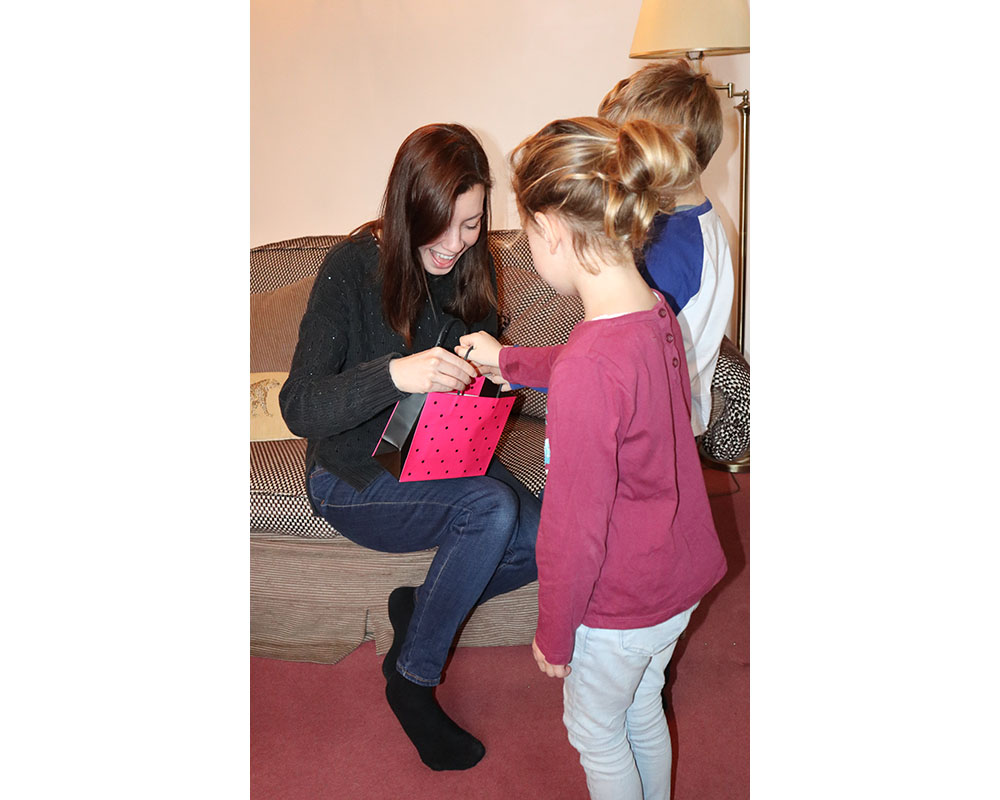

![IMG_0467_s[1]](http://binkybear.co.uk/wp-content/uploads/2019/04/IMG_0467_s1-300x215.jpg)




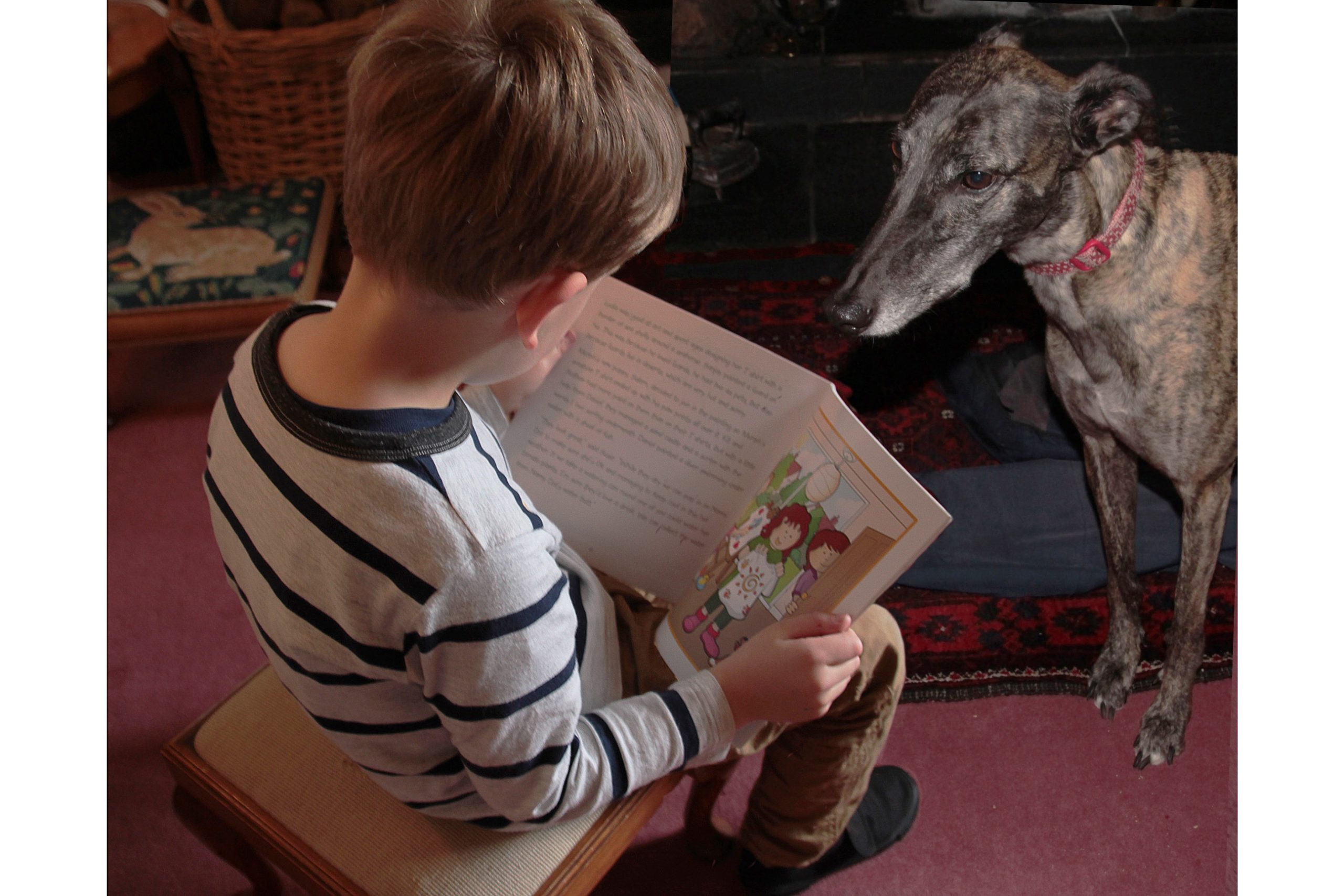

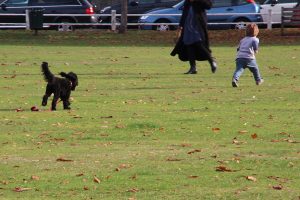



 Talk about fruit and vegetables when you’re out in the garden and crops that you see growing in the fields when you’re out for a walk. Go out and pick blackberries together in the summer and then make little blackberry and apple tarts.
Talk about fruit and vegetables when you’re out in the garden and crops that you see growing in the fields when you’re out for a walk. Go out and pick blackberries together in the summer and then make little blackberry and apple tarts.

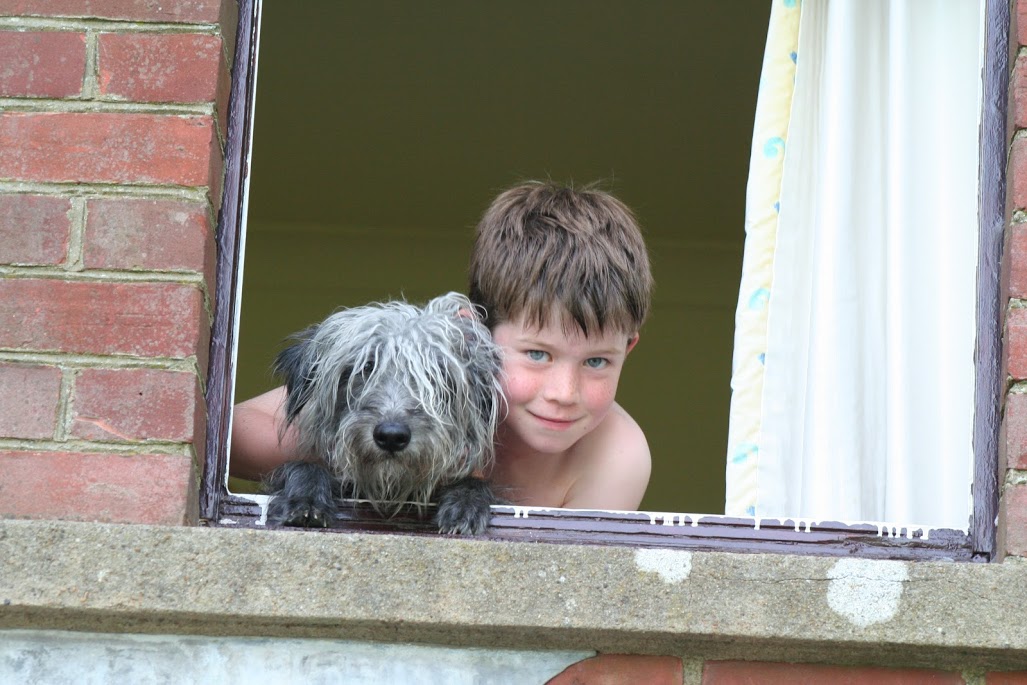
![Devon_Aug_2008-2[1]](http://binkybear.co.uk/wp-content/uploads/2017/04/Devon_Aug_2008-21-300x225.jpg)

![La-Vee[1]](http://binkybear.co.uk/wp-content/uploads/2017/04/La-Vee1-300x203.jpg)


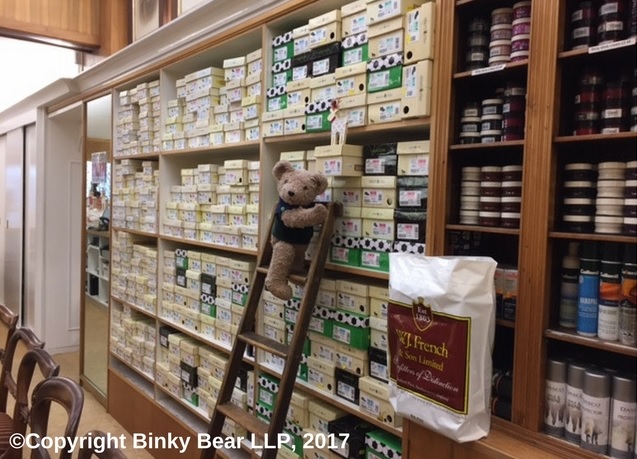
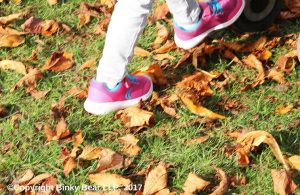
 A child’s foot is not a small version of an adult’s. It’s softer and more pliable. And when the child starts to walk going barefoot is preferable in the right environment. Children’s feet – and this really is surprising – are vulnerable to deformity up to late teens.
A child’s foot is not a small version of an adult’s. It’s softer and more pliable. And when the child starts to walk going barefoot is preferable in the right environment. Children’s feet – and this really is surprising – are vulnerable to deformity up to late teens.
 Jo at the
Jo at the 